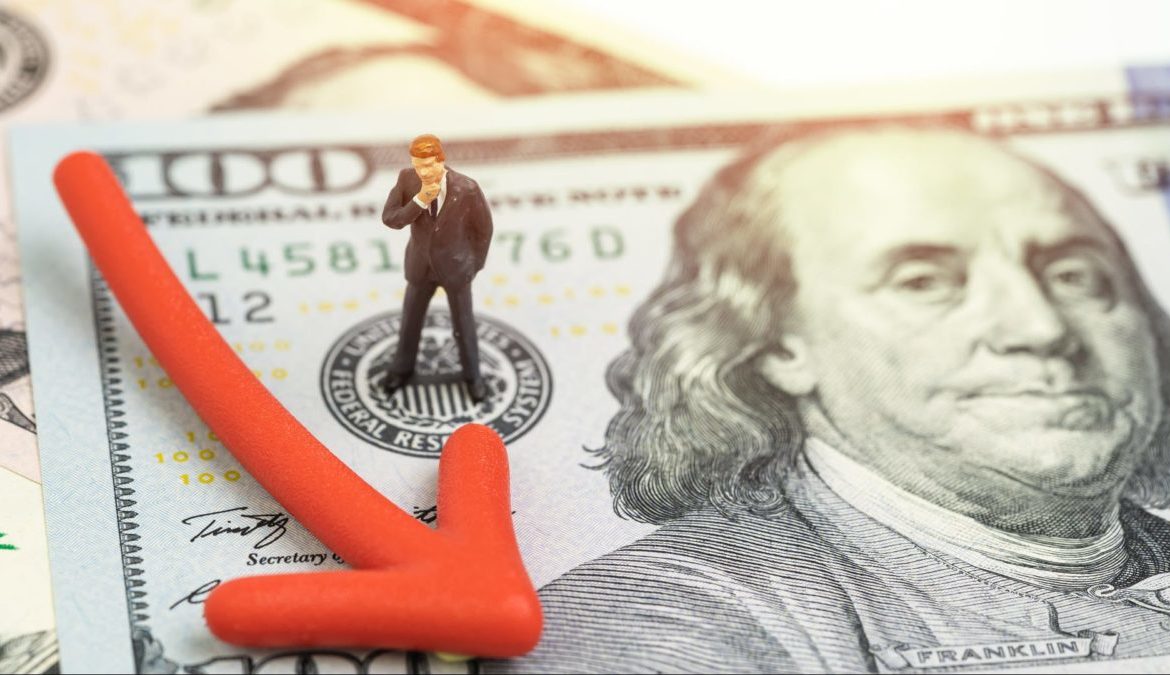Investors Weigh in Fed’s Dovish Outlook
Many members of the Fed agreed that reducing the rate of increases was necessary. According to minutes from the meeting earlier this month, others emphasized the need for a higher final rate. This reinforces investor anticipation that the central bank will lift rates by 50 bps next month, ending a jumbo 75 bps rise. According to data released Wednesday, the US economy has slowed, with business activity declining and unemployment applications rising.
The dollar’s strength gauge continued to drop on Thursday, falling for the third day. Due to the US holiday, there is no Treasury trading. In times of market instability, investors typically purchase the dollar because it is considered one of the safest assets.
Less-aggressive monetary policy lowers the likelihood of the US, which was a concern for dollar demand at the Fed meeting in November. The economy is being pushed into a recession by the central bank. A downturn would be bad for the global economy, and demand for dollars would increase as a secure bet. Second, future interest rate cuts in the United States will help. Reduced yield-seeking capital flows contribute to asset appreciation.
Elsewhere in The World and Asset Classes
The real estate industry outperformed the rest of the market, aided by slower rate increases and analyst upgrades, pushing the Stoxx Europe 600 Index to a fresh high. After-sales and profits fell short of forecasts, Dr. Martens Plc shares sank to a new all-time low.
Due to the Thanksgiving holiday, trading volumes will likely be lower, and there will be no cash US equity market trading. Wall Street futures were up as the S&P 500 reached a two-month high on Wednesday. The equities benchmark in Asia has risen. When the EU assessed a higher-than-expected price ceiling on Russian crude, oil fell, and indications of a worldwide slowdown grew.
Bank of America saw a drop. With concerns of a coming recession, its private clients are liquidating out of equities and into bonds. In a note, strategists led by Michael Hartnett wrote that bond funds had received 39 consecutive weeks of inflows. Strategists recommend holding bonds in the first half of 2023, while stocks become more appealing in the second half of next year.
On the Fed minutes, gold rose for the third day. The aggressive monetary-tightening policy of the US central bank has boosted bond yields and the dollar. It also sent gold prices down 16% from their March highs, damaging precious metals.
Mainland China’s share underperformed Asian trade as investors weighed the impact of record-breaking COVID-19 cases against signs of easing currency conditions. An official statement released on Wednesday said the People’s Bank of China will allow banks to reduce capital buffers to accelerate growth.
















